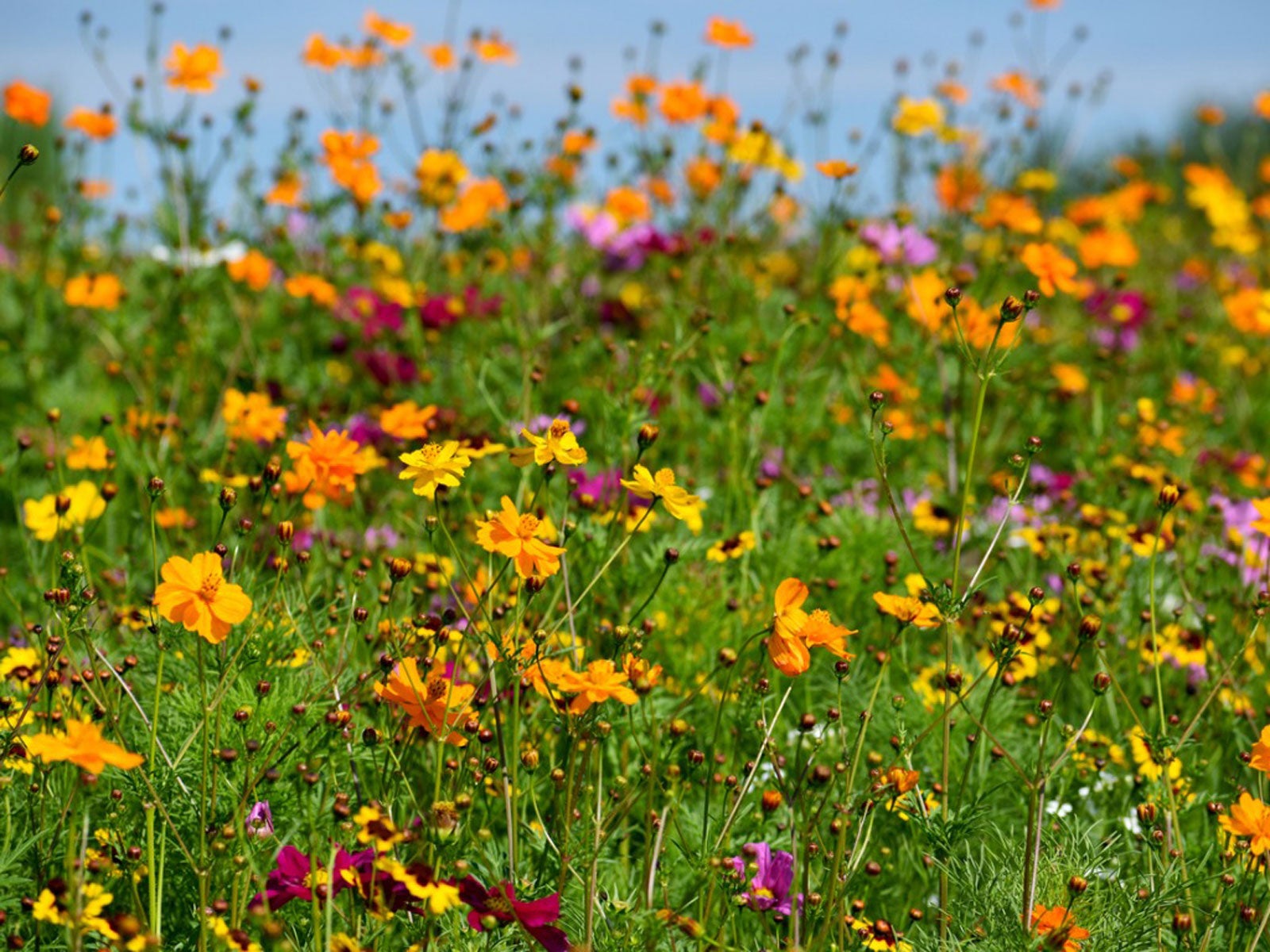Wildlife Garden Turf: Creating Mini Meadows For Wildlife


The appeal of a perfect, green lawn is strong, but more people are turning to wildlife-friendly, natural alternatives. A wildflower meadow lawn is one option. There are a lot of reasons to ditch traditional turf for creating mini meadows, from less maintenance to supporting the local ecosystem.
What is Meadow Turf?
Meadow or wildflower turf is a more natural alternative to turf grass. It consists of wildflowers and grasses, ideally that are native to your region. Technically speaking, a meadow is made up of more than 50 percent forb, non-grass flowering plants. This is as compared to grasslands, which are more than half grasses.
Why Create a Meadow?
Wildflower turf for wildlife is a great way to create a more natural environment for your yard. Turf grass is not natural and doesn’t support wildlife as well as a variety of native species. With wildflower turf, you’ll see more pollinators, native insects, birds, and other animals. It provides them with shelter and food.
Another good reason to forgo the standard turf is maintenance. A natural turf needs to be installed or grown, but then it thrives without much intervention. You will save time, effort, and water as compared to grass.
Creating and Maintaining Wildlife Garden Turf
There are a few strategies you can use to create a wildflower meadow lawn:
Stop mowing your turf grass and let it grow. Over time new species will naturally colonize the area. Either start from scratch or use the first method but with added seeds for native species. Include a mix of grasses and wildflowers. Use prepared wildflower or meadow turf. This is just like sod for a lawn but with a mix of the right species for a meadow. More common in the U.K., you can find this turf in some places in the U.S.
Laying out turf is the quickest way to get a full meadow lawn. To use it, first remove regular turf and as many roots as possible. Next, amend the soil to be poorer in nutrients. This is what wildflowers prefer. You can remove topsoil and use poorer subsoil or add a layer of nutrient-poor topsoil. Turn up the soil a little to loosen it and lay the turf. As with sod, you will need to cut pieces to fit the area you are covering.
Sign up for the Gardening Know How newsletter today and receive a free copy of our e-book "How to Grow Delicious Tomatoes".
Water the turf regularly for a few weeks and avoid walking on it. Once the roots are established, you should not have to water the meadow.
A meadow should be mowed, but much less often than standard turf. Mow your wildflower turf just once or twice a year to encourage a greater diversity of species to take root. As a result, you’ll get more diverse wildlife too.

Mary Ellen Ellis has been gardening for over 20 years. With degrees in Chemistry and Biology, Mary Ellen's specialties are flowers, native plants, and herbs.